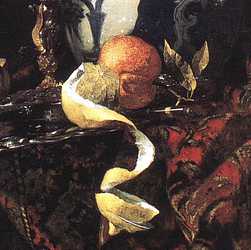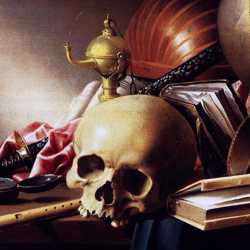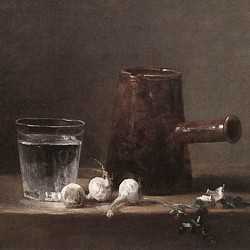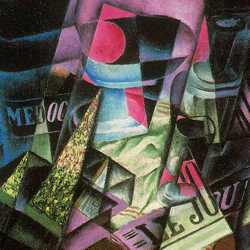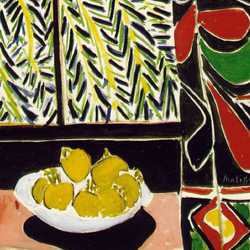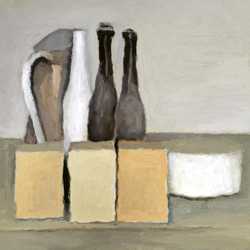Still Life Artists
Still Life artists draw and paint items such as fruit, flowers and household objects which are traditionally arranged on a table top or shelf.
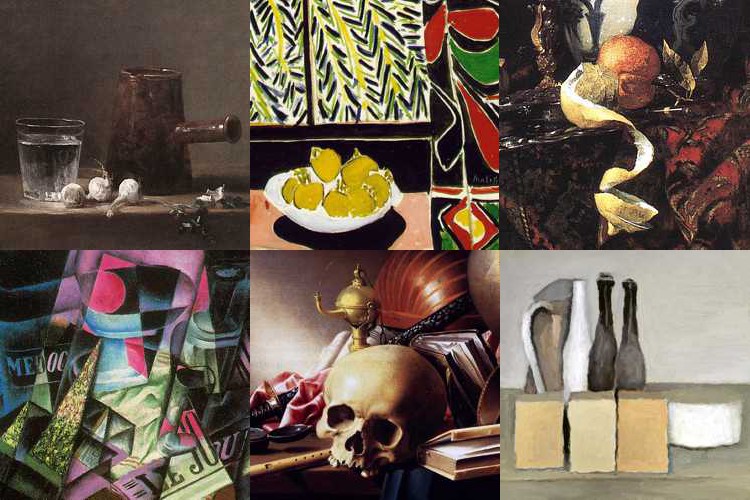
Over the centuries artists have chosen the subject of still life for a variety of reasons: to reflect the status of their owner, be it humble or haughty; for their symbolic meaning which reveals a hidden story or idea; to capture the natural beauty of transient object like a flower or fruit; to demonstrate the artist's skilled painting technique; or as a controlled structure to express the abstract qualities of the visual elements.
Traditionally, still life is the drawing and painting of items such as fruit, flowers and household objects, which are usually arranged on a table top.
-
Willem Kalf painted still lifes which reflected the opulent lifestyle and status of their owner.
-
Harmen Steenwyck illustrated objects that communicated a hidden message to the viewer.
-
Jean-Baptiste-Siméon Chardin showed us that there is great beauty in the humble household objects that surround us.
-
Henri Matisse intensified our experience of fruit, flowers and exotic artifacts with his expressive use of colour.
-
Juan Gris used still life to experiment with the way we perceive objects in space and time.
-
Giorgio Morandi creates calm, sensitive still lifes which are the product of deep contemplation and observation over a considerable period of time.
-
Still life as a subject has provided a platform for artists of different eras to explore their relationship with the world of objects that surround us.
-
As our world evolves, new products, artefacts and modern media will continue to suggest new avenues for the stylistic development and reinvention of still life as a subject in art.

